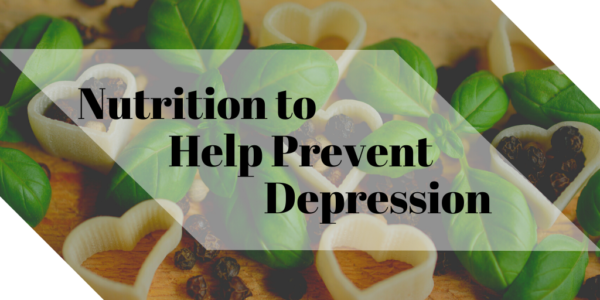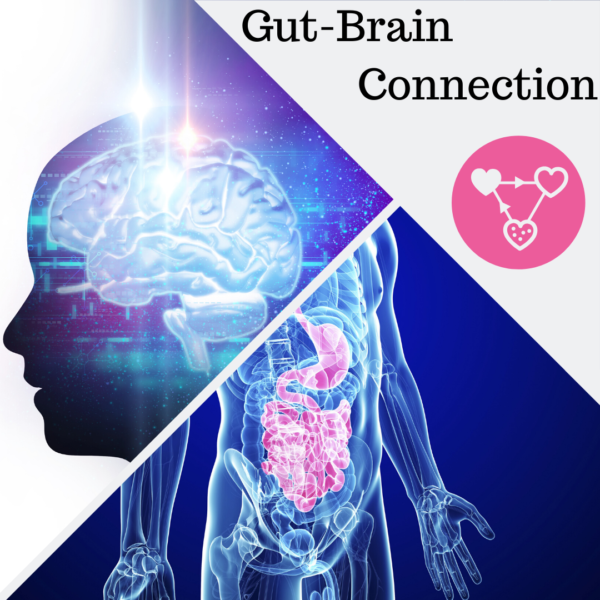
You just ate a bowl of pasta and feel tired. Or you ate a tuna salad and feel ready to tackle the day. Ever wondered why you feel differently after eating? We at Unified Caring Association (UCA) have been curious about this as well. After doing some research on nutrition, we now have a better understanding of why food affects us so much. For example, recent studies show that a healthy diet may not only prevent depression but could effectively treat it once it’s started.
Nutritional Psychiatry
An evolving body of research on nutrition shows that a healthy diet can help prevent depression. The field of research on how food affects us psychologically is called nutritional psychiatry. Nutritional psychiatry is relatively new and it is not limited to one place or group. Nutritional psychiatry observes data regarding the association between diet quality and mental health across cultures, countries and age groups. One topic within these groups is depression and how the food we eat contributes, fixes or prevents depression.
An example of this research in action is a study mentioned in the Wall Street Journal. Researchers took a look at whether improving the diets of people with major depression would help reduce or eliminate their depression symptoms. Half of these people were coached on their nutrition by a dietitian. The other half were given one-on-one social support, a common technique for reducing depression. “After 12 weeks, the people who improved their diets showed significantly happier moods than those who received social support. And the people who improved their diets the most improved the most.” (Wall Street Journal) Other subsequent studies have found similar results: Eating a balanced diet that has fewer processed sugars, grains, etc. will help with depression.
In 2013, Dr. Jacka helped to found the International Society for Nutritional Psychiatry Research. This Society held its first conference in the summer of 2017. Dr. Jacka also launched Deakin University’s Food & Mood Centre. This is an institute that focuses on researching and developing nutrition-based strategies for brain disorders, such as depression. With new and evolving research on how food affects us, other conferences and universities are including these findings in their lectures. An example of how this information applies is by the production of serotonin, which regulates mood and sleep. Not enough serotonin can result in depression.
Food Interactions
Eating a ton of high-processed foods and refined sugars often increases the risk of mental and physical health issues at any age. If we think about our heart or other muscles in the body, we take extra effort to condition them and keep them healthy. The brain is not much different. Our lifestyle choices reflect our brain’s health. Mental health should be just as important as physical health. A healthy brain is more resilient in difficult times, like while when we feel depressed. “A bad diet makes depression worse, failing to provide the brain with a variety of nutrients it needs… And processed or deep-fried foods often contain trans fats that promote inflammation, believed to be a cause of depression.” (Dr. Ramsey)
A bad diet also affects our microbiome, A.K.A., your gut bacteria. The bacteria in our guts have complex ways of communicating with our brain by signaling the body to produce different chemicals and hormones. This communication changes our mood. Think about when we get “hangry” from not eating, or the opposite, happy when we eat strawberries. To maintain a healthy and stable mood, we need to maximize the good bacteria and minimize the bad.
It is not to say that a good diet can replace medicine or therapy. However, it can serve as a supplemental treatment. The added bonus is that it can prevent other health problems, like diabetes, obesity, heart disease, and more!
Be open to the cornucopia of food.
There are so many different diets and articles out in the world for “healthy eating.” The main point is to eat in a way that your body responds best to. As some might say, “hacking” your body. A diet made up primarily of fruits and vegetables, good fats and proteins, yogurt and cheese, legumes, nuts, seafood, whole grains and small portions of red meat can provide nutrition our brain needs. It can also regulate our inflammatory response and support the good bacteria in our gut.
















